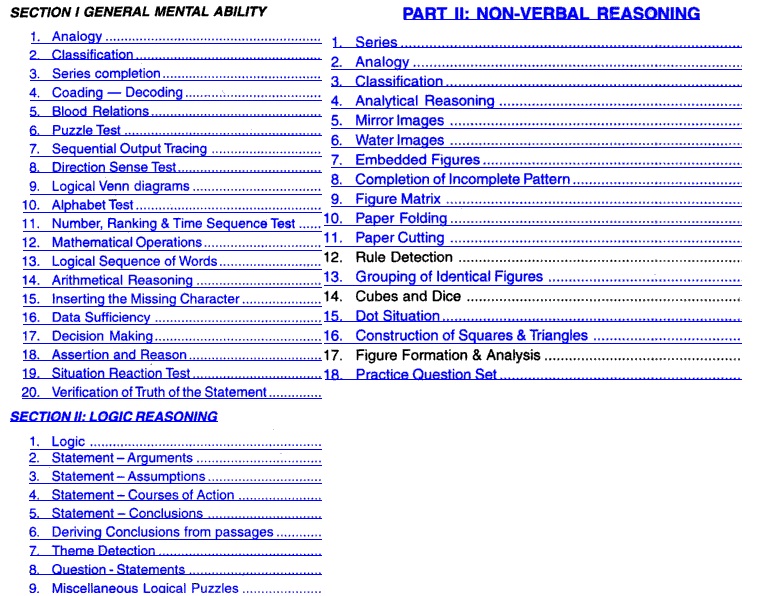

The incidence of all-cause mortality (per 1000 person-years) was 41.5 (95% CI: 34.6–49.7) among variant carriers and 33.9 (95% CI: 32.7–35.2) among variant non-carriers. Val122Ile variant carriers had a higher risk of incident HF (HR: 2.46 P<0.0001) compared with non-carriers. The incidence of HF (per 1000 person-years) was 15.9 (95% CI: 11.5–21.9) among variant carriers and 7.2 (95% CI: 6.6–7.9) among variant non-carriers. We used multivariable-adjusted Cox regression models accounting for demographic, clinical, and social factors, and genetic African ancestry to assess the risk of incident HF and all-cause mortality among those carrying TTR Val122Ile genetic variation compared with those without the variation.Īmong 7,514 Black participants (median age: 64 years 61% females), the population frequency of the TTR Val122Ile variant was 3.1% (232 carriers 7,282 non-carriers). Poisson regression was used to estimate the rates of incident HF and all-cause mortality. We evaluated self-reported Black American participants of the REGARDS study without HF at baseline. We evaluated the Black participants from the Reasons for Geographic and Racial Differences in Stroke (REGARDS) study to examine the association of TTR Val122Ile mutation with HF and all-cause mortality. Estimation of the effect of this amyloidogenic TTR variant on the risk of heart failure (HF) and all-cause mortality in a large, geographically diverse cohort of Black Americans may provide insight into the clinical significance of this variant. Genetic mutation in the TTR gene (rs76992529 Val122Ile) seen exclusively in individuals with African ancestry (population frequency: 3–4%) causes misfolding of the tetrameric transthyretin protein complex that accumulates as extracellular amyloid fibrils seen in hereditary transthyretin amyloidosis (hATTR). #2 Association of transthyretin Val122Ile variant with incident heart failure and mortality among Black Americans: insights from the regards studyġUniversity of Alabama at Birmingham, Birmingham, ALĤWeil Cornell Medical Center, New York, NY

IGF1 potentially exerts its atheroprotective effect via this reduction in CXCL12 by reducing monocyte recruitment and by increasing ABCA1, thereby increasing cholesterol efflux capacity. Our results indicate that macrophage IGF1 reduces atherosclerosis and decreases CXCL12, a chemokine newly implicated in atheroprogression. We also found a 27% increase in cholesterol efflux in IGF1 (100 ng/mL) treated THP-1 cells with Apolipoprotein AI as a cholesterol acceptor. We loaded peritoneal macrophages with oxLDL to measure changes in cholesterol efflux and found that MF-IGF1 mice have a 42% increase in efflux. We found that peritoneal macrophages isolated from MF-IGF1 mice have a 2 fold increase in ABCA1 protein levels. IGF1 completely blocked oxidized low-density lipoprotein (oxLDL)-dependent increase of CXCL12 mRNA transcription (98% reduction, P<0.01) and IGF1 treatment reduced CXCL12 protein (56% decrease, P<0.001) in vitro.ĪTP-binding cassette transporter A1 (ABCA1) is the key cholesterol transporter mediating macrophage cholesterol efflux and CXCL12 reduces its expression. CXCL12 protein levels were reduced in plaque and peritoneal macrophages in MF-IGF1 mice. Monocyte recruitment was reduced by 70% in MF-IGF1 mice and was associated with a 27% reduction in circulating levels of CXC Chemokine Ligand 12 (CXCL12).

Macrophage IGF1 overexpression downregulated plaque burden by 30%, reduced plaque macrophages by 47%, and promoted features of a stable plaque phenotype. We also assessed cholesterol efflux and foam cell formation in vivo and in vitro. We accelerated atherosclerotic development by feeding animal a high fat diet for three months. We hypothesized that increasing IGF1 levels strictly in macrophages will prevent atherosclerosis.Īfter breeding a novel macrophage-specific IGF1 overexpressing transgenic mouse to an Apoe -/- background (MF-IGF1 mice), we assessed atherosclerotic plaque burden, stability, and monocyte recruitment.

Results of our previous in vitro experiments suggest that macrophages play a predominant role in mediating IGF1 effects in atherosclerotic plaque, but exact mechanisms remain unclear. IGF1 administration in ApoE deficient (Apoe -/-) mice fed a high fat diet reduced atherosclerosis and reduced plaque macrophages. Insulin Like Growth Factor I (IGF1) has been shown to reduce cardiovascular events. 1Tulane University School of Medicine, New Orleans, LAĢUniversity of Missouri System, Columbia, MOĪtherosclerosis is the leading cause of Cardiovascular Disease, which is still the global leader of mortality.


 0 kommentar(er)
0 kommentar(er)
